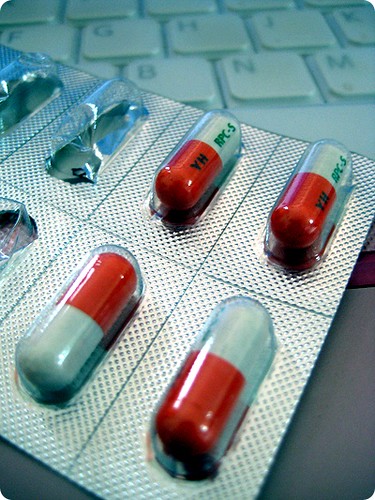
Emergency departments (EDs) are an important source of acute care for older adults, with over 20 million ED visits by patients 65 and older each year. Almost half of these visits are for the evaluation and treatment of pain--however, a new study (Annals of Internal Medicine, Oct. 28, 2011) finds that people 75 years old or older are less likely to receive any pain medication in hospital EDs than middle-aged people (those age 35 to 54). Among older adults reporting severe pain, 67 percent received pain medication compared to 79 percent of middle-aged patients. Reasons for the discrepancy may include physician concerns about potential medication side effects in this population. Also, some doctors were taught that pain meds shouldn't be given for abdominal pain in particular because it might "mask" the underlying disease process, but this has been found to be untrue. If you need to be treated in an ED and aren't being given adequate pain relief, ask why, and check if there are non-pharmacologic methods you can utilize to relieve your pain.
Source Citation
"Shortfall in pain relief for older adults in the ER." Focus on Healthy Aging Feb. 2012: 3. Nursing and Allied Health Collection. Web. 1 Mar. 2012.
Document URL
http://go.galegroup.com/ps/i.do?id=GALE%7CA280093503&v=2.1&u=22054_acld&it=r&p=PPNU&sw=w
Gale Document Number: GALE|A280093503
Emergency departments (EDs) are an important source of acute care for older adults, with over 20 million ED visits by patients 65 and older each year. Almost half of these visits are for the evaluation and treatment of pain--however, a new study (Annals of Internal Medicine, Oct. 28, 2011) finds that people 75 years old or older are less likely to receive any pain medication in hospital EDs than middle-aged people (those age 35 to 54). Among older adults reporting severe pain, 67 percent received pain medication compared to 79 percent of middle-aged patients. Reasons for the discrepancy may include physician concerns about potential medication side effects in this population. Also, some doctors were taught that pain meds shouldn't be given for abdominal pain in particular because it might "mask" the underlying disease process, but this has been found to be untrue. If you need to be treated in an ED and aren't being given adequate pain relief, ask why, and check if there are non-pharmacologic methods you can utilize to relieve your pain.
Source Citation
"Shortfall in pain relief for older adults in the ER." Focus on Healthy Aging Feb. 2012: 3. Nursing and Allied Health Collection. Web. 1 Mar. 2012.
Document URL
http://go.galegroup.com/ps/i.do?id=GALE%7CA280093503&v=2.1&u=22054_acld&it=r&p=PPNU&sw=w
Gale Document Number: GALE|A280093503


No comments:
Post a Comment